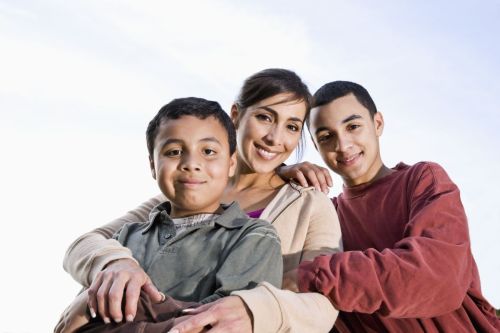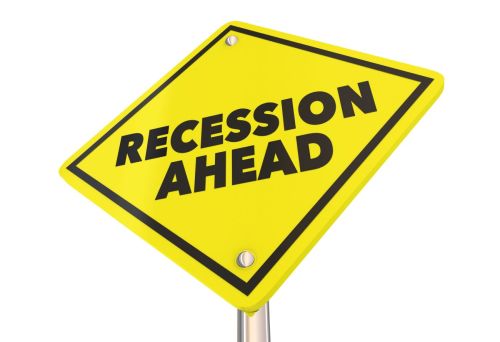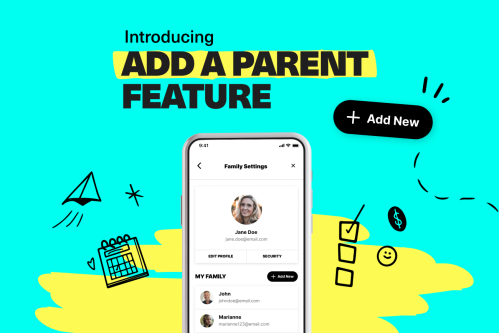It’s Pride month in Canada which means everyone’s talking about diversity—and that’s something to celebrate. But it’s also a time to reflect on the unique circumstances of 2SLGBTIQ+* kids and teens, and to think about ways to improve their lived experiences. Whether we like to talk about it or not, that includes money matters, so we’re going to dig into six major financial considerations for queer and trans young people.
6 money-related issues for 2SLGBTIQ+ youth
From home life to school life to work life, queer and trans young people may face specific challenges that can affect their financial security—and economic stability affects overall well-being. Learn about these six issues to see how you can set yourself up to live your best life.
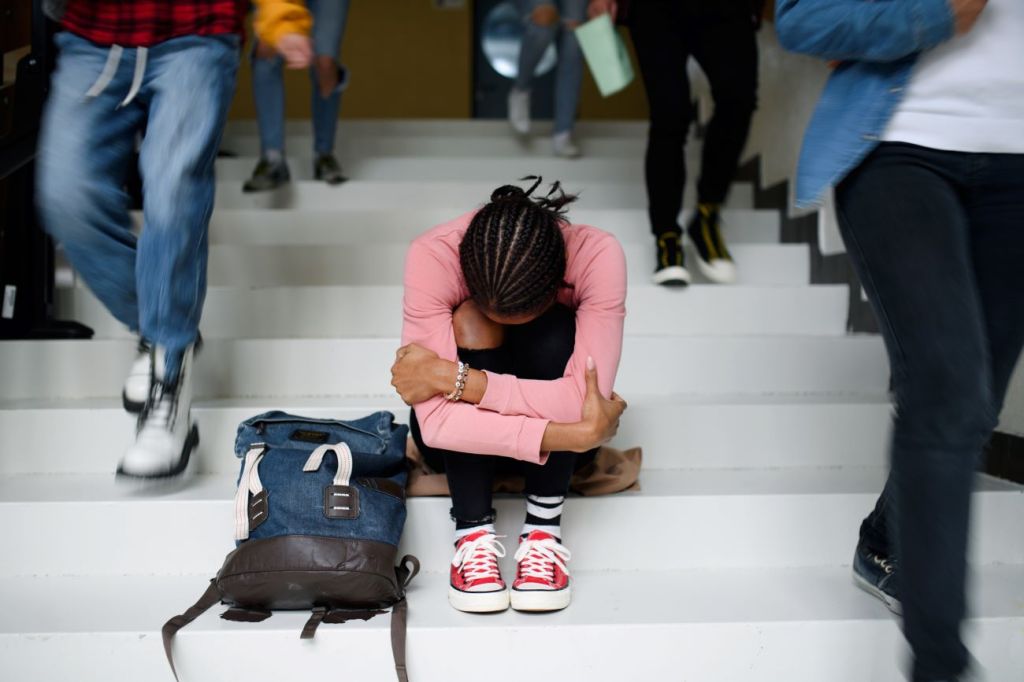
1. Mental health costs
Being a teenager comes with a lot of pressure. Home life, school days, and figuring out your future take up a lot of head space and require some pretty advanced coping skills. If you’re 2SLGBTIQ+, things can be even more difficult because you might face increased discrimination or stigma, or even violence or abuse—all things that negatively affect your mental health.
According to the Canadian Mental Health Association (CMHA), 2SLGBTIQ+ youth are at greater risk than their heterosexual counterparts for mental health issues like depression and anxiety, substance abuse, and suicidality—14 times more at risk to be exact, with trans youth and those who had experienced physical or sexual assault being the most in danger.
A lot of this difference can be traced to the increased levels of violence, stigma, and discrimination 2SLGBTIQ+ youth face, but the CMHA also identifies social inclusion, or community, and economic stability as key part of a good mental outlook. We’ll get more into that below.
If you’re a queer or trans teen, access to affordable therapy and medication, if needed, can be an issue. Although some therapists offer services on a sliding scale, the average cost of a 60-minute session is around $150 in Canada. There are youth services, groups, and events for 2SLGBTIQ+ teens in some big cities like Supporting Our Youth (SOY) in Toronto, but if you’re in a smaller or remote place, peer counselling services like Trans Lifeline, Youthline, or Anonymous Friend provide free online or telephone support.
What I wish I knew
“It took me a long time to come into my queer identity partly because I didn’t even know it was an option. I grew up in a family and schooling system where queer and trans identities weren’t even mentioned. It wasn’t until I was in university that I realized there was a huge part of my identity that I’d been missing for years, and even then it took me a lot longer to become fully unapologetic and comfortable in that part of myself.
Therapy has been hugely helpful in allowing me to recognize and love my queerness but it definitely hasn’t always been an option for me because of price. Hiring a therapist, especially one who may have specialized knowledge in queer identities and trauma, can add up real quick but has also been so vital for my healing. I’d love to see a world where therapy is freely and readily available to everyone and queerness is celebrated!“
Julianna Notten (she/they), Director of Erin’s Guide to Kissing Girls
2. Additional student debt
Going to college or university is an important—and expensive—step in your young life, and unless you have access to an education fund, you’ll need to figure out a way to pay for your tuition and expenses. For many youth, this means finding a part-time job, earning a scholarship, applying for bursaries, or taking out a student loan.
Some young people keep costs down by continuing to live with their parents but this might not be a safe or viable option if you’re 2SLGBTIQ+. Some parents or guardians hold negative views about queer or trans people, and refuse to let their kids stay in the home when they come out. It’s difficult to measure exactly how many queer and trans young people lose their housing when they come out, but we do know that between 25 and 40 per cent of homeless youth in Canada identify as 2SLGBTIQ+.
For youth who have been kicked out, the cost of college or university is way higher because it includes rent, utilities, food, and other expenses. In these cases, taking on more student debt is often necessary but student loan repayment can take a real toll on your budget in the long term. The amount of repayment depends on the size of your loan but it’s typical to pay several hundred dollars per month, a significant sum to someone just starting in the workforce. For many, it’s not possible to save for a home or retirement until the student debt is paid off, a delay that can rob you of years of compounding interest.
You can reduce the amount you need to borrow by applying for scholarships, bursaries, and grants—all ways to get money that you don’t have to pay back. Scholarships are generally based on academic merit, while bursaries and grants also take into consideration your financial need. Ask at the financial aid office at your school for what’s available, and also check Scholarships Canada for a list of scholarships awarded to 2SLGBTIQ+ students.
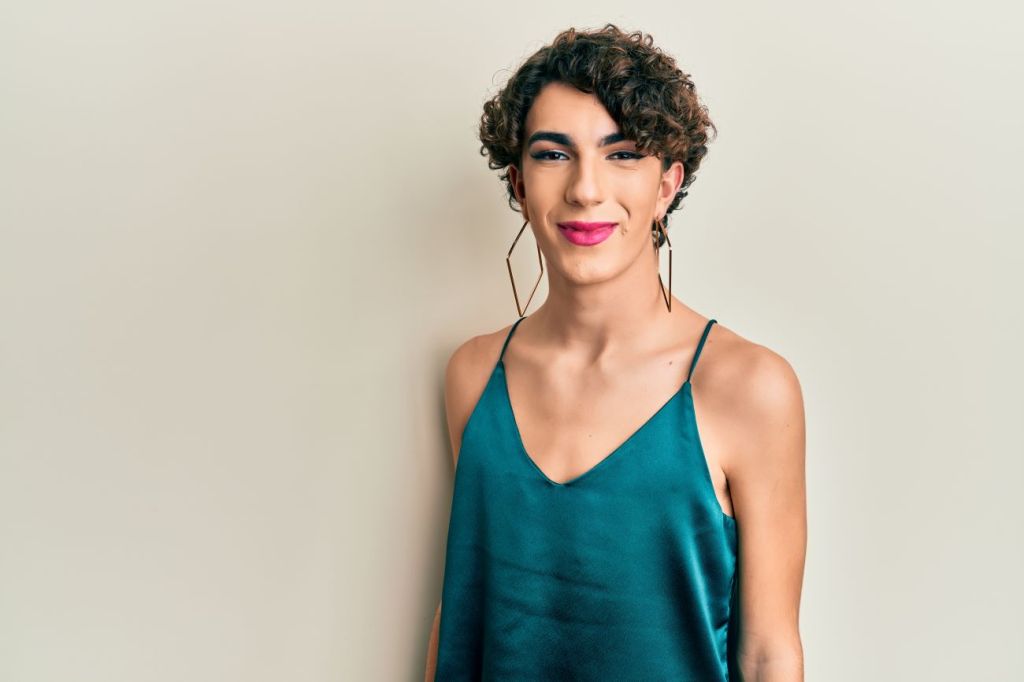
3. Queer teens may pay more to lead a “double life”
Kids who don’t feel accepted by their parent or peers might try to fit in by leading a “double life.” For example, when they’re at school they might feel comfortable enough to be themselves but when they get home they feel they need to dress or present themselves as straight to please their parents.
Getting one wardrobe together can be pricey, never mind two. Plus, this kind of behaviour can take a real toll on a young person’s mental health.
What I wish I knew
“Growing up, I was so afraid of my parents and the other kids at school finding out that I was gay, or that I was still figuring it out. The only thing I wanted them to think was that I was straight.
In high school I’d buy things I wouldn’t even think of purchasing: the latest sneakers, clothes that felt more masculine, some days I didn’t even pack my lunch because buying lunch made you more masculine to the guys at school.
As I grew older, it became more expensive to hide who I was. Having a change of clothes to switch into before going home, dying my hair a fun colour but then buying a hat to cover it so my family/ bullies wouldn’t see, taking Ubers to safe spaces instead of the TTC so I wasn’t noticed by anyone that would find my authentic self uncomfortable. The receipts of my youth, both figuratively and literally, were the result of me trying to find acceptance and protection in a world that made me feel unsafe and alone.“
Taur Veerapen (he/him), Social Media Manager at Mydoh

4. Discrimination in the workplace
Remember that discrimination we were talking about? Well, it shows up at work and can affect 2SLGBTIQ+ people right from their very first jobs and follow them throughout their careers. Missed opportunities and lost earnings can really add up over the course of a lifetime.
In a report by BBC News, researchers shared their preliminary findings of a study an earnings and mental health for sexual and gender minority young adults in the United States. The findings were discouraging. “A decade after graduation, college-educated workers in the US who self-identify as LGBTQ+ earn 22% less than their heterosexual cisgender counterparts,” the reports states. Canadian research confirms “substantial income disparities among lesbian, gay and bisexual Canadians in comparison to heterosexual folks.” Even small discrepancies in pay can add up over the course of a working career.
Earning potential is only part of the issue. Researchers also discovered homophobic bias which led to fewer queer and trans people landing job interviews or jobs. They documented occupational segregation, which is when a demographic is over- or under-represented in a certain job category. This can lead to 2SLGBTIQ+ people ending up in lower paid professions, or to professions with a higher number of queer professionals becoming devalued. And once in the job, 2SLGBTIQ+ people face workplace harassment, bias, and withholding of opportunities like raises or promotions.
Discrimination based on sexuality or gender identity is illegal in Canada and protected by the Canadian Human Rights Act. Understand your rights, and if you’re the target of workplace discrimination, get help from your manager, the human resources department, your union, or a third party.
What I wish I knew
“As an LGBTQ+ individual within the service industry, I found myself regularly changing my personality to match that of the heterosexual clientele I was serving. Whether it be lowering my voice to appear more masculine or laughing at jokes that I really didn’t get or didn’t find funny. I say consciously because I knew that some of these customers may not like being served by a homosexual male.
Masking myself as a heterosexual was essential because as a server/bartender, you rely on the tipping system to pay your bills and make a living. The tipping system puts a lot of power in the consumer’s hands, and knowing that someone doesn’t like me based on my sexuality meant there was a chance I wasn’t getting tipped by some customers. With comments from customers like “Boys like you, don’t serve men like me.” Or actual homophobic slurs being used just to make me feel uncomfortable meant masking myself at work was essential to succeeding in my line of work.
Later in my serving career, I found work within a neighbourhood that was known to be “gay friendly” so I could be more myself and all around more comfortable.“
Michael Jenkins (he/him), Associate, RBCx and co-host of Okay Hear Me Out

5. Moving to an inclusive area
For many 2SLGBTIQ+ youth, the dream is to move to a big city to find acceptance and community. It makes sense. Social inclusion is one of the key pillars of good mental health, and according to Statistics Canada, a full 50 per cent of Canada’s 2SLGBTIQ+ people live in just four cities: Toronto, Montreal, Vancouver, and Ottawa.
But moving is costly. Landlords usually ask for first and last month’s rent, and sometimes a security deposit. This can really add up in the major cities, where rents are at all-time highs. A one-bedroom apartment in Toronto or Vancouver, for example, will cost you somewhere around $2,500, and you can expect to pay at least $1,000 in either city if you live in a shared space.
Once you’ve secured a place a live, you’ll have to rent a moving truck and pay for gas and tenant insurance. It’s wise to budget for furniture and household items you might not have, and don’t forget the set-up fee most utility companies like hydro and internet charge to set up an account.
You can save money by settling near a college or university where shared housing is some of the cheapest around, and many restaurants and businesses offer deals or discounts. Locate nearby thrift stores and use online marketplaces to buy furniture and housewares.
What I wish I knew
“I was extremely fortunate to have been grown up in Toronto and even was exposed to the gay village as a child as my aunt lived since that would have been a very safe neighbourhood for single woman. For those moving to the big city from a smaller centre, that can be a significant adjustment for anyone – but in particular queer folks who may also be leaving an unsupportive home environment. Thankfully many smaller towns and cities also have thriving queer communities as alternatives to living in a big urban centre.“
Michael Herrera (he/him), Senior VP and Chief Financial Officer at George Brown College
6. More difficult to save for the future
Among the long-term issues caused by the income disparities between 2SLGBTIQ+ Canadians and their heterosexual counterparts is an inability to save sufficiently for future goals including buying a house, investing, further education, or retirement.
The financial outlook for trans people is of particular concern. As noted by the CMHA, an Ontario study showed half of trans people living on less than $15,000 per year. In contrast, the median income for an individual Canadian in 2008, the year the study was released, was $24,900.
Learn more: How to be an ally to your LGBTQ2S+ child.
How can financial literacy help queer teens?
Like reading, writing, and arithmetic, financial literacy is a foundational tool. When kids from marginalized communities, like 2SLGBTIQ+ people, understand the systems they live in, they can protect themselves from discrimination, hold their employers and colleagues accountable, and make smart money decisions now and in the future.
Download Mydoh to give your kids and teenagers the money intel they need.
*2SLGBTIQ+ is an acronym for two-spirit, lesbian, gay, bisexual, transgender, intersex, queer, and other sexual and gender identities. It’s uniquely Canadian, and may be understood in place of LGBT+.
This article offers general information only and is not intended as legal, financial or other professional advice. A professional advisor should be consulted regarding your specific situation. While the information presented is believed to be factual and current, its accuracy is not guaranteed and it should not be regarded as a complete analysis of the subjects discussed. All expressions of opinion reflect the judgment of the author(s) as of the date of publication and are subject to change. No endorsement of any third parties or their advice, opinions, information, products or services is expressly given or implied by Royal Bank of Canada or its affiliates.














